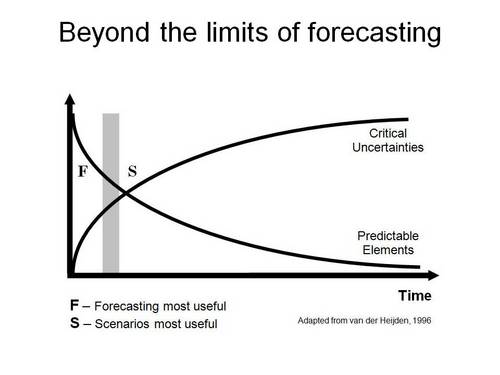Some of my most interesting work in in helping clients create effective processes for participative strategy. The traditional approach to strategy is that it is generated in the executive suite or by highly-paid consultants, then it is communicated to staff, usually rather ineffectively.
There is an increasing recognition that many people across the organization have invaluable insights into industry change, competition, client requirements, innovation and other issues that will help shape strategy. The challenge is in establishing processes that enable broad-based participation in a useful way, tapping ideas and generating positive energy for change.
In some cases, for example as I helped a global real-estate development company to implement, this can be framed in a fun competition format, assisting teams to generate visions of where the company can go. In other cases, a formal process can be created to expose staff across the company to strategic issues, then generating, capturing, filtering, and applying their insights to corporate strategy, as I did for a large financial services company.
Here is an excerpt from Chapter 7 of my book Living Networks providing some of the broader issues to address in implementing participative strategy.
CREATING PARTICIPATIVE STRATEGY
The Work-Out process is one of General Electric’s standard practices. This brings together 40 to 100 people in a “town meeting” to discuss specific issues, and make firm recommendations. Once the issues that need to be addressed have been identified, these are clearly defined by a team, and attendees for the meeting are selected from a range of functions and managerial levels. The team meet in an offsite location for usually three days, commencing with a briefing by the relevant executive, who then leaves. The participants break into a number of teams, and in a structured process come up with clear recommendations. At the end these are presented to the senior manager, who must make a decision on the spot whether to proceed. Work-Out sessions are routinely run across General Electric’s divisions, and often include customers and suppliers.
Read more →

